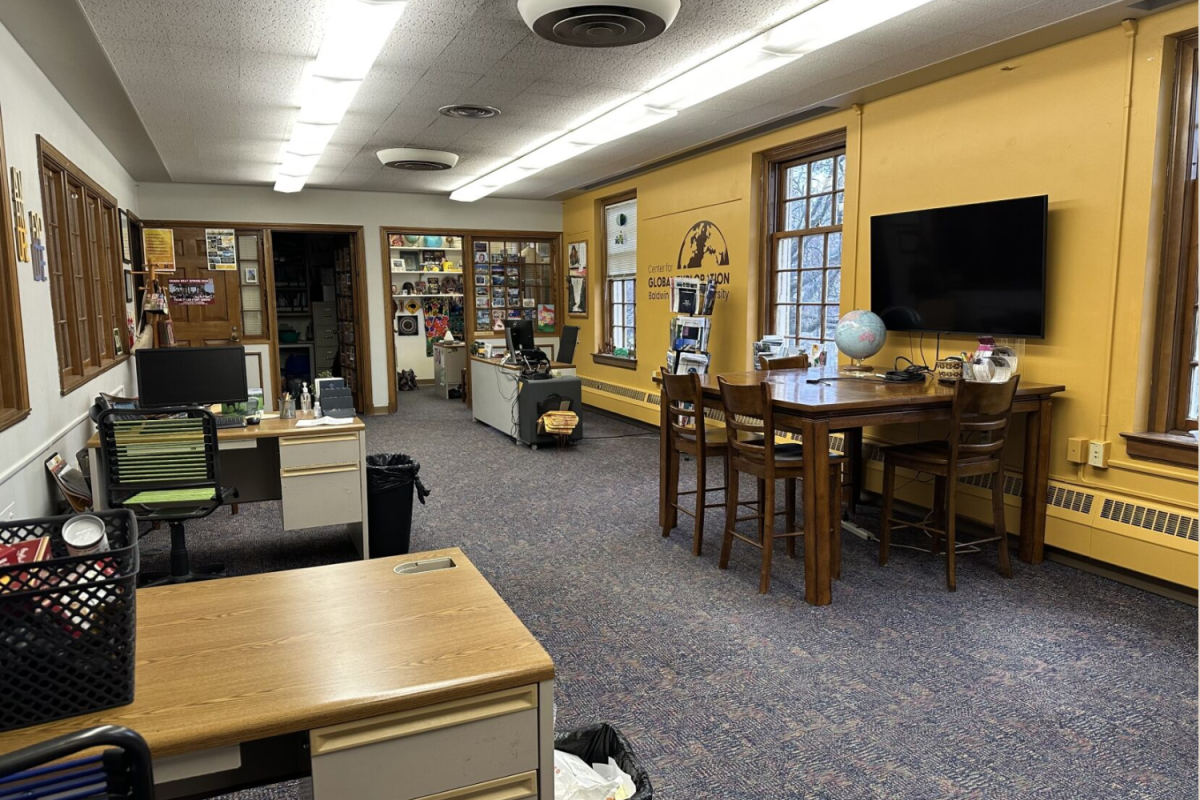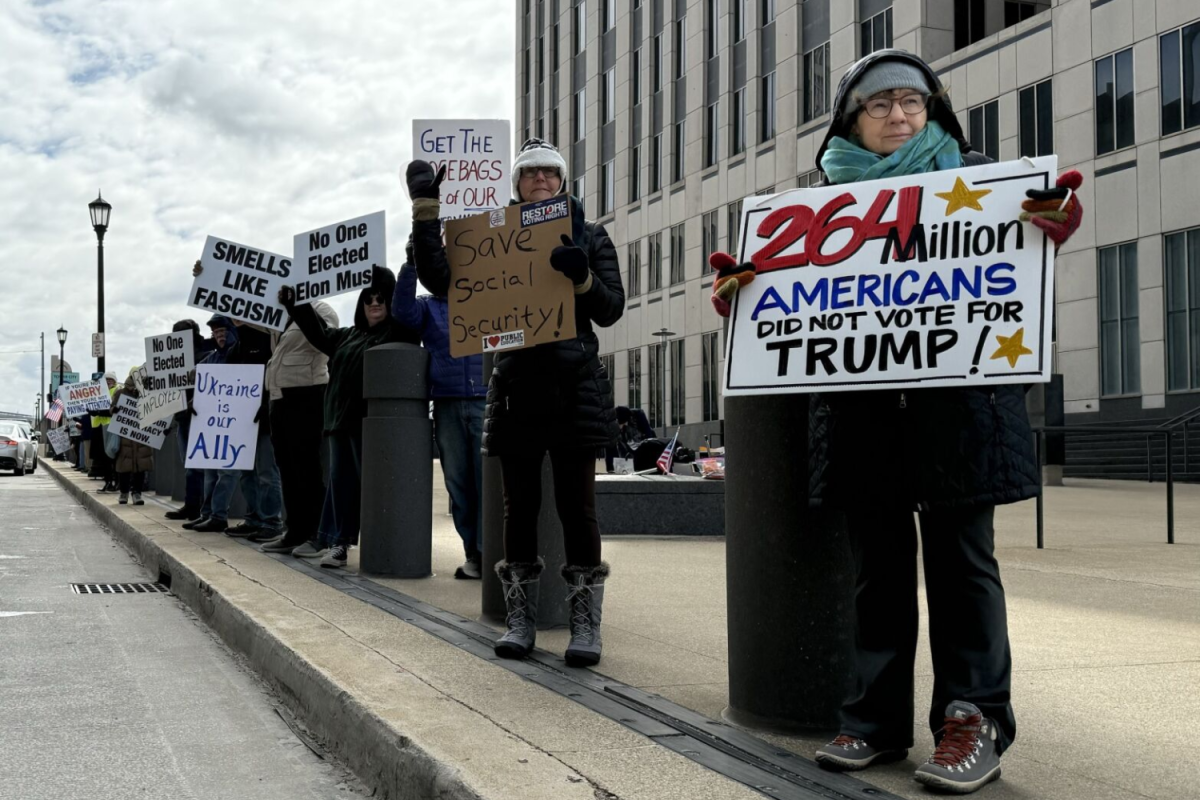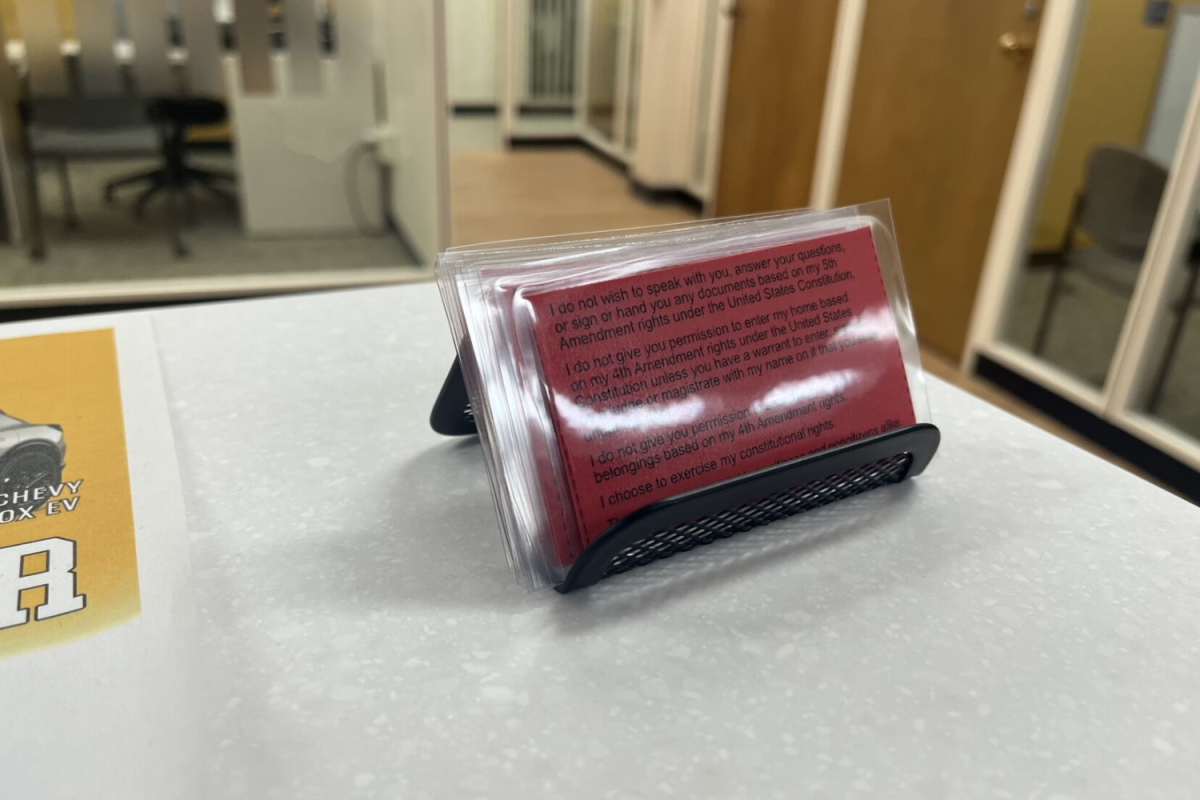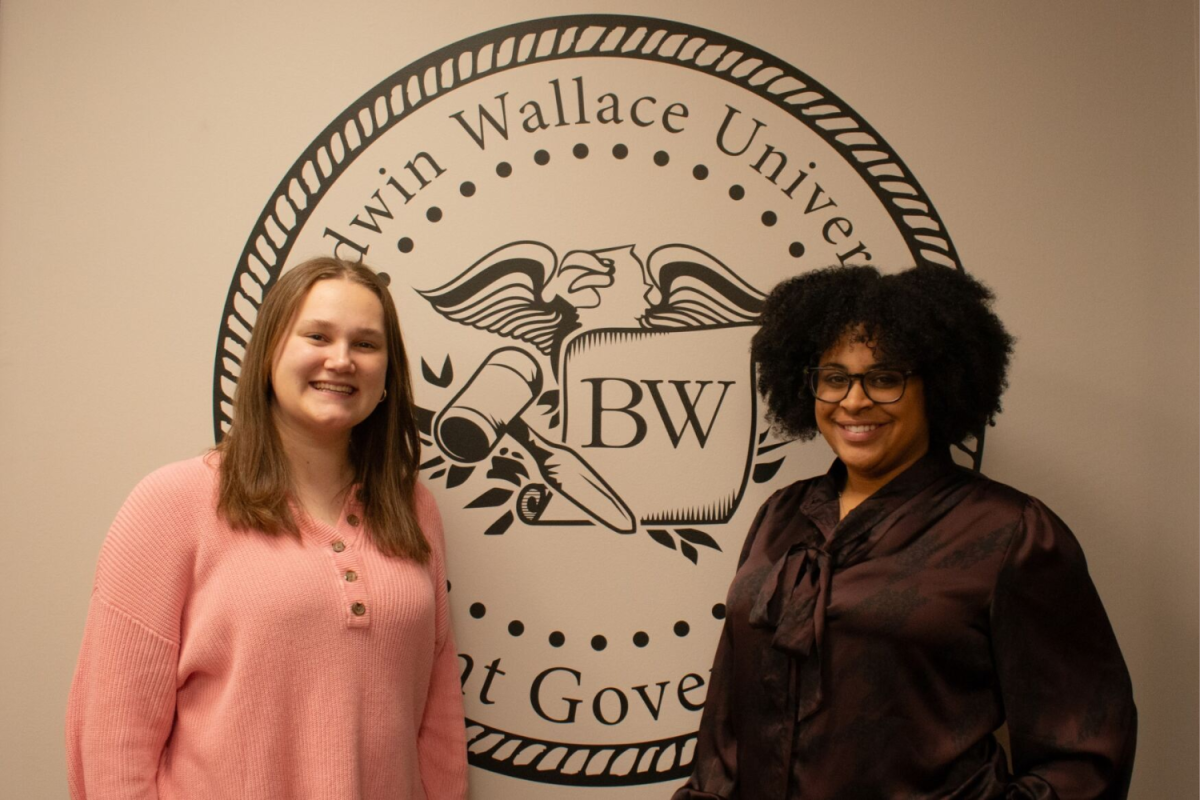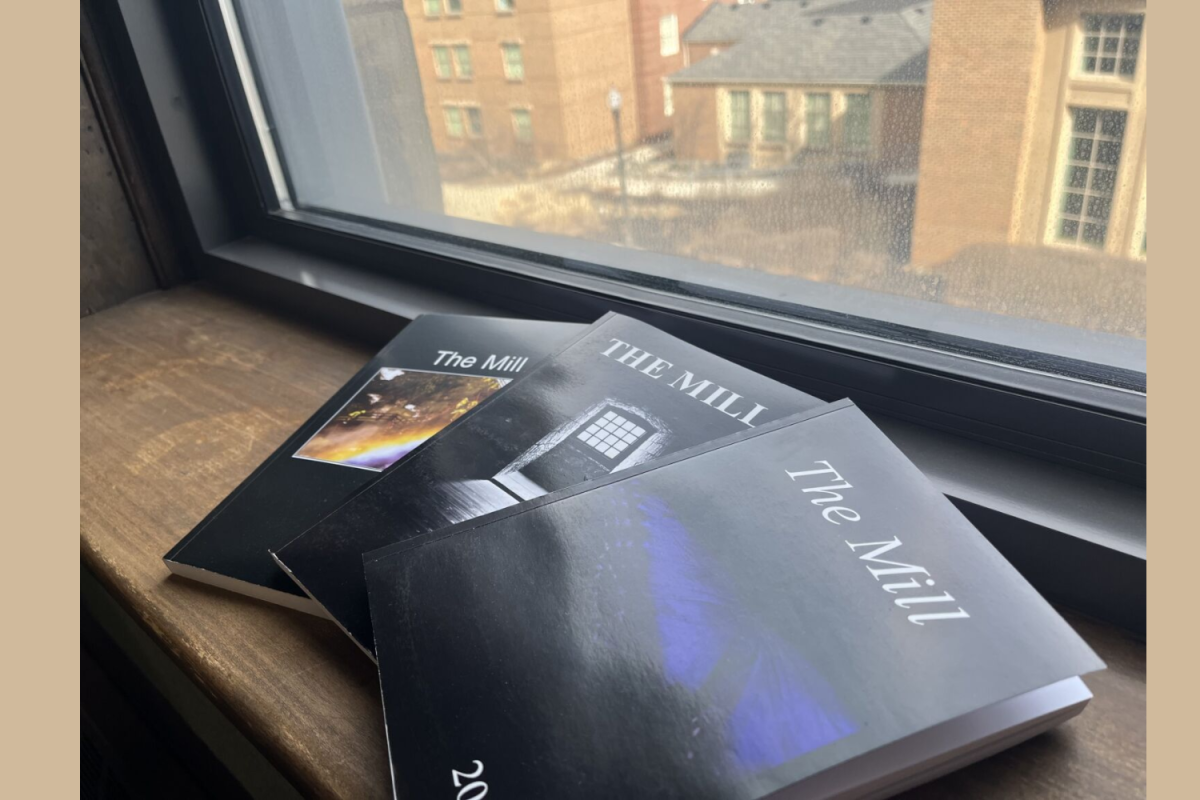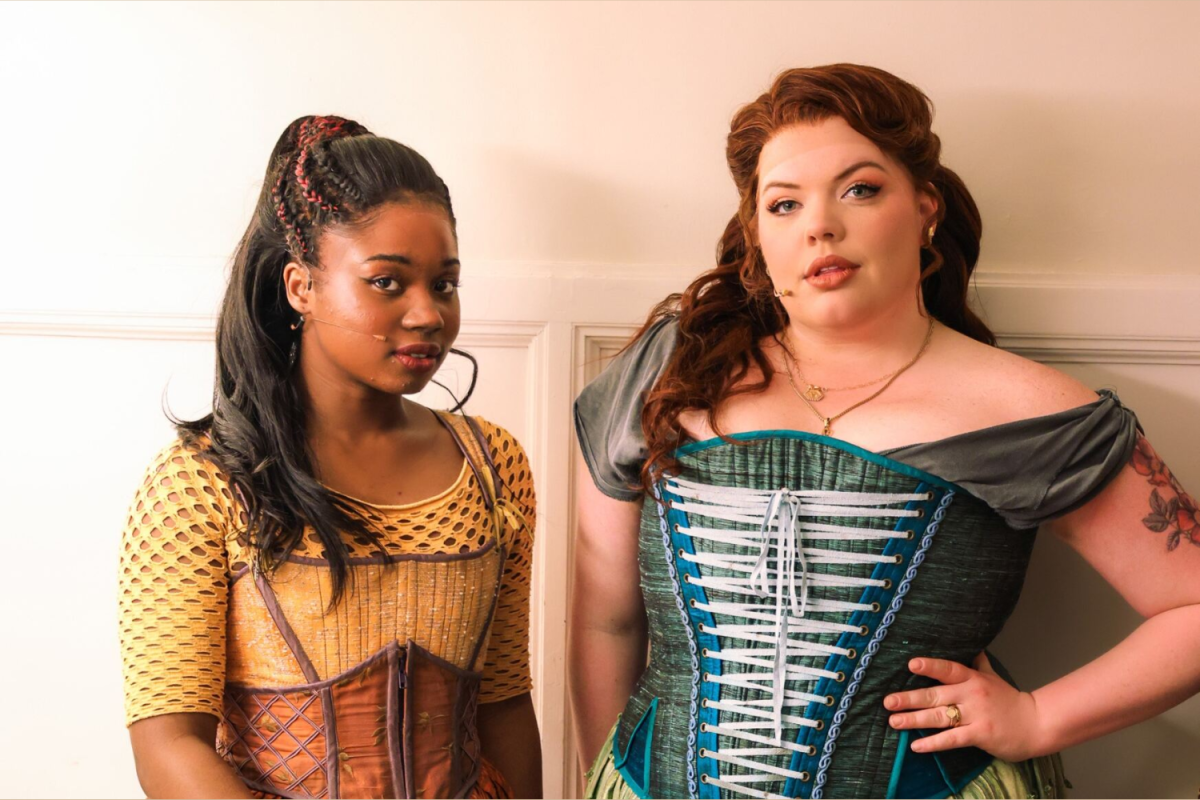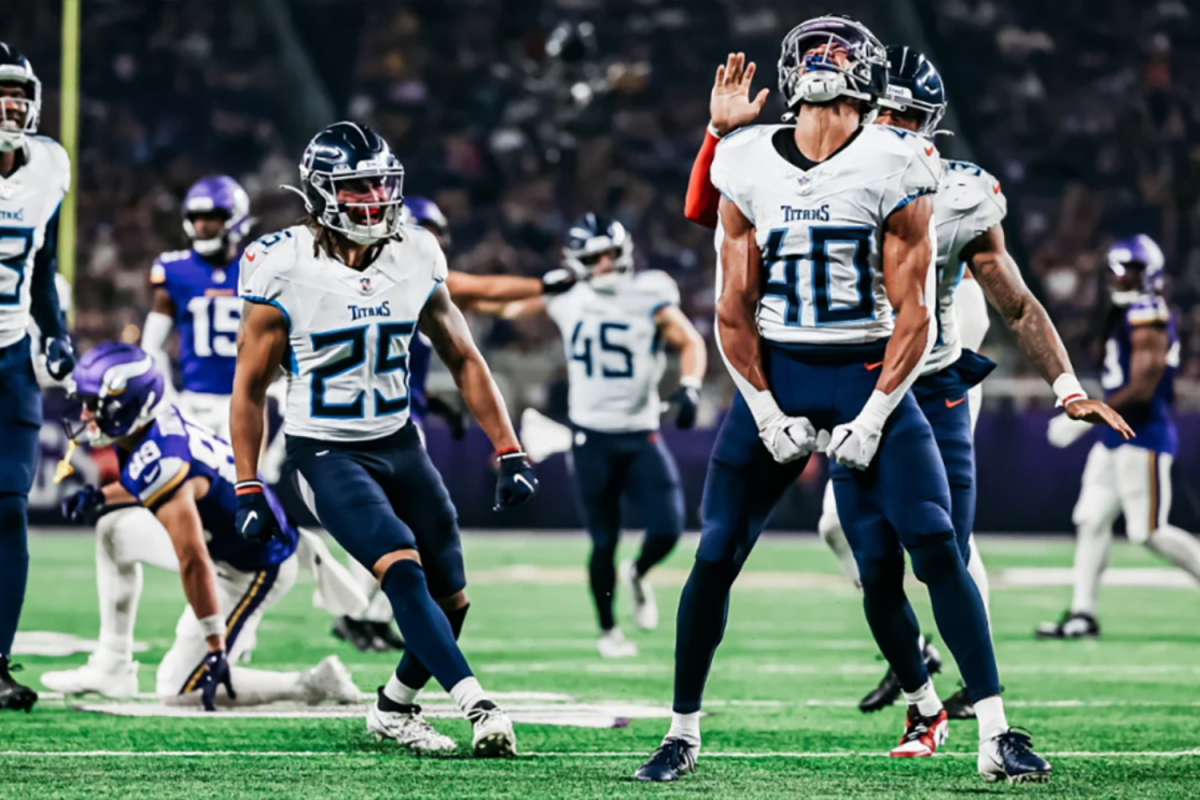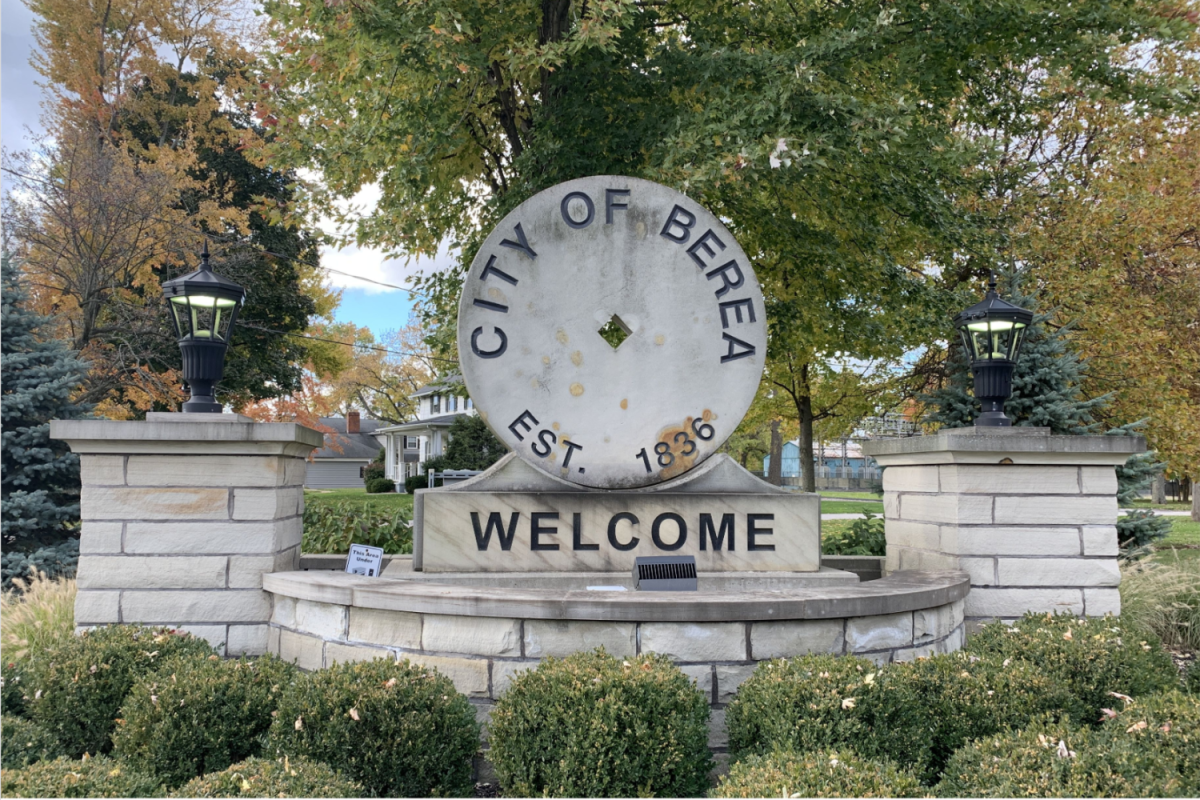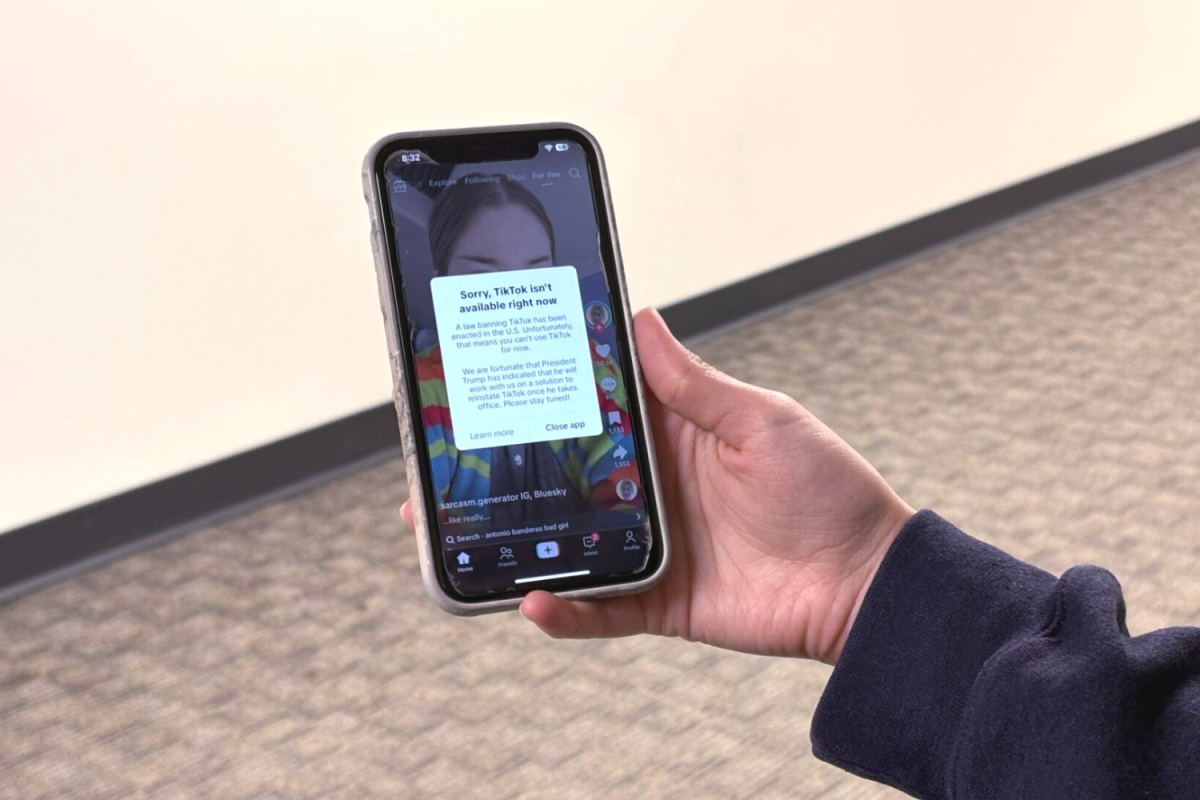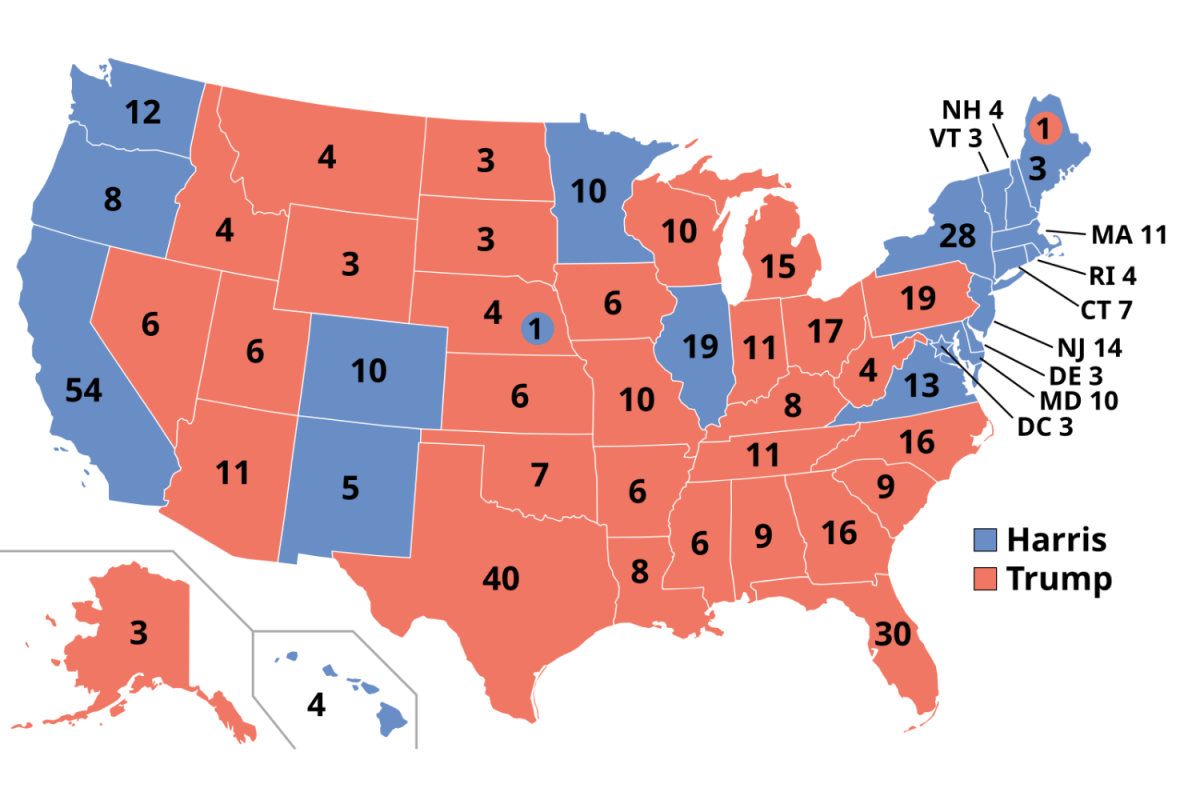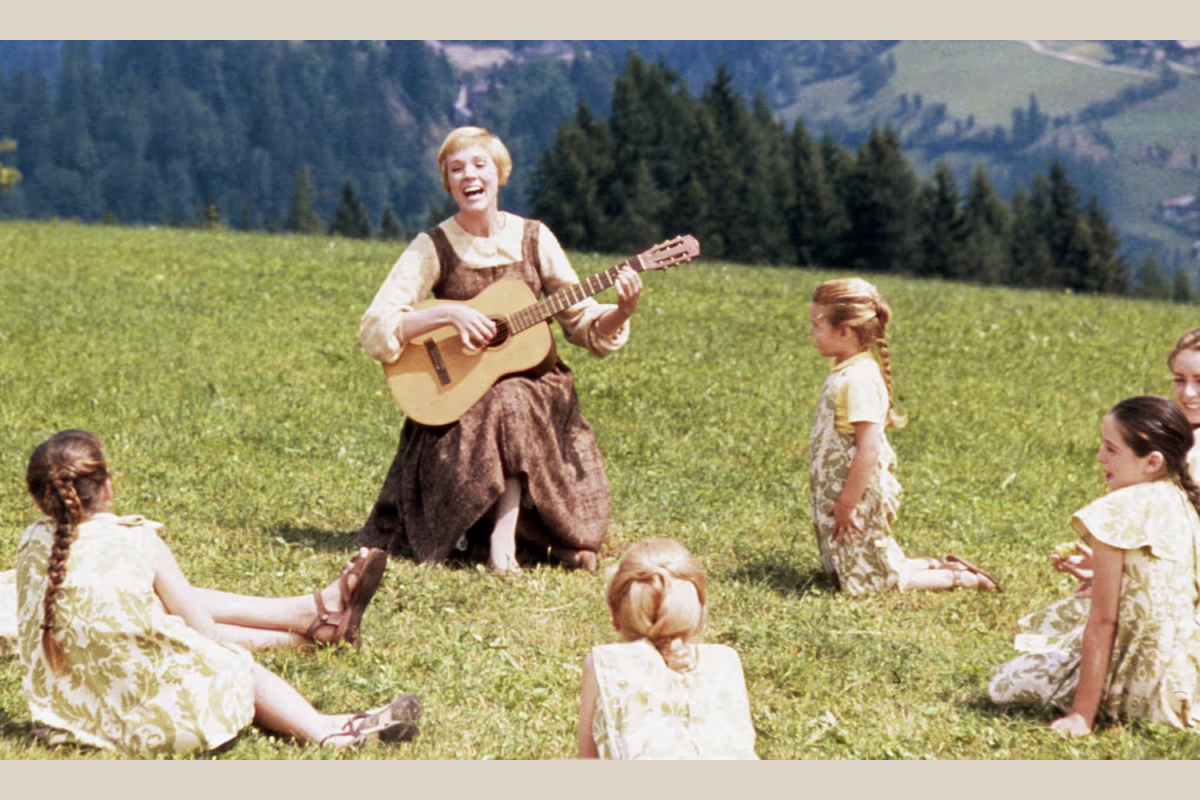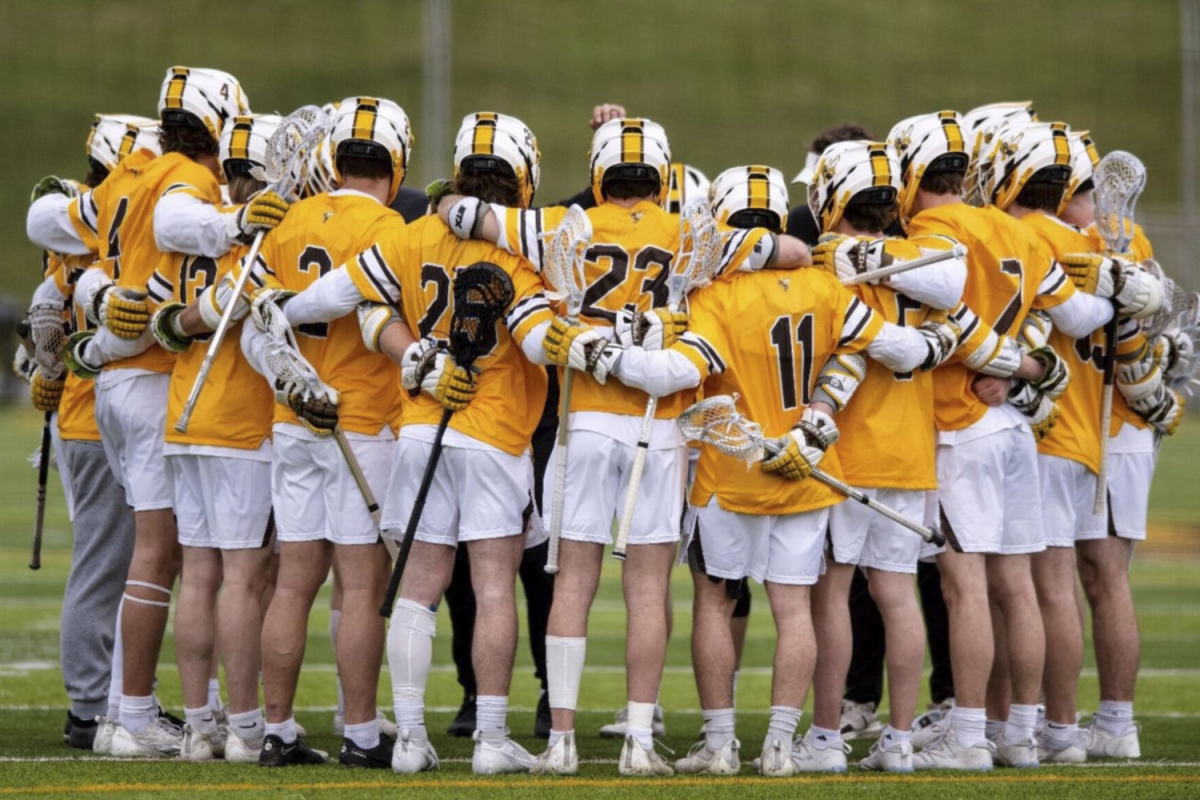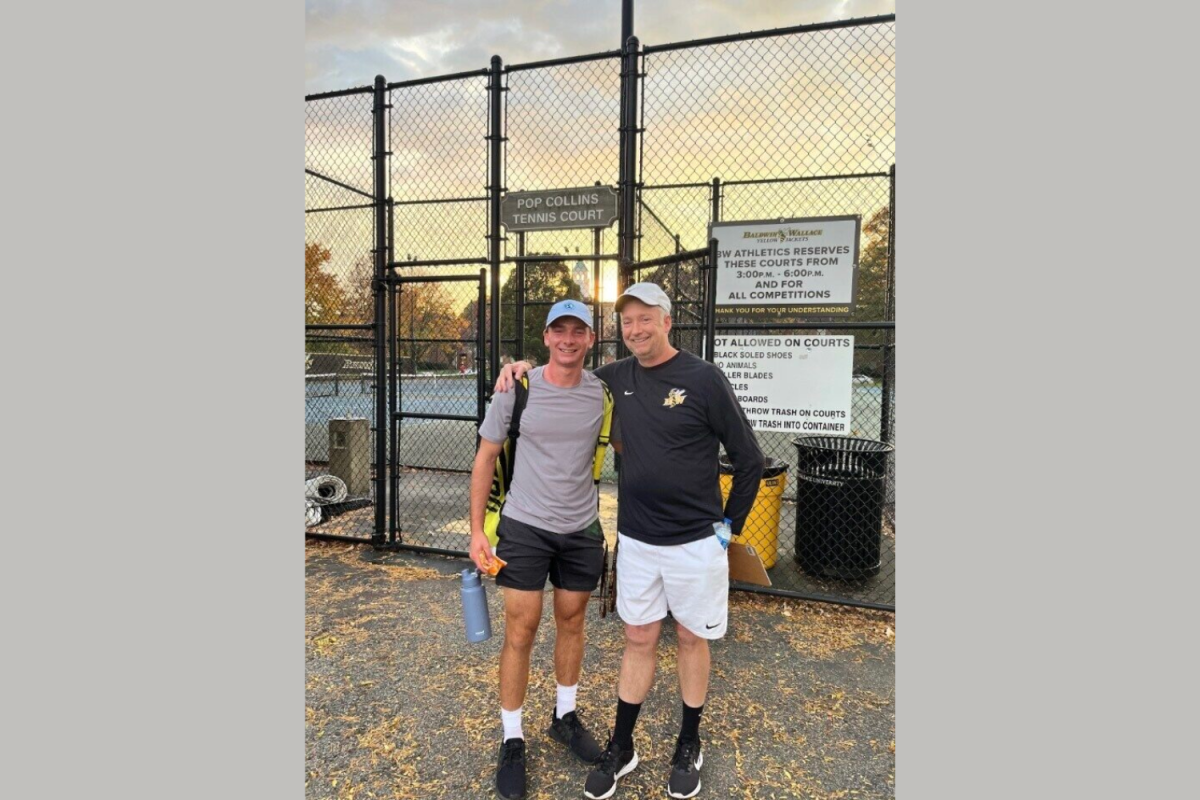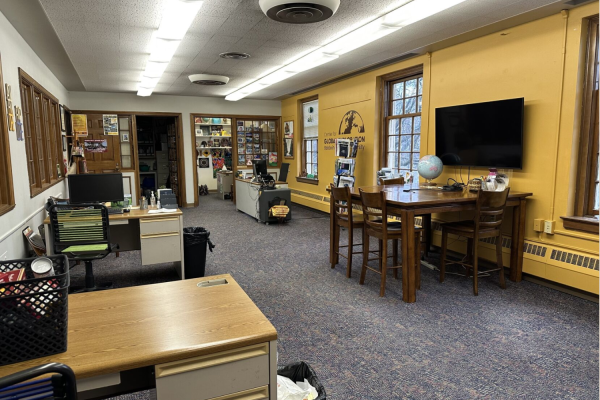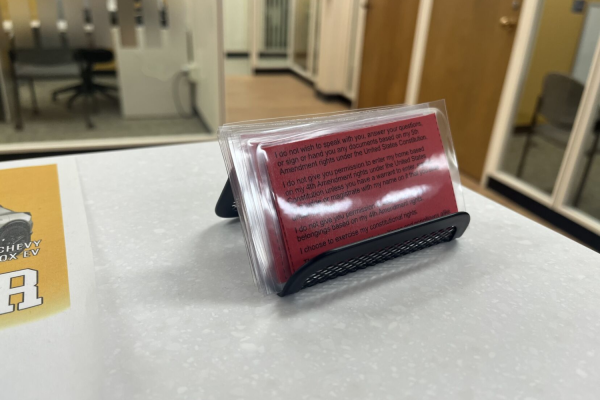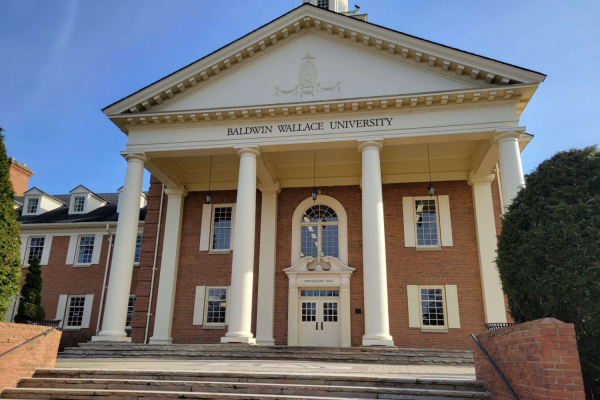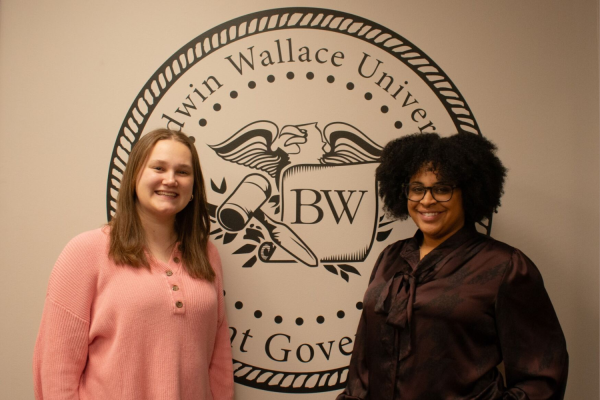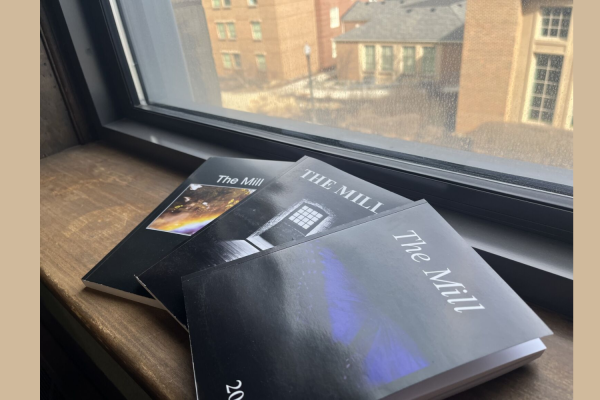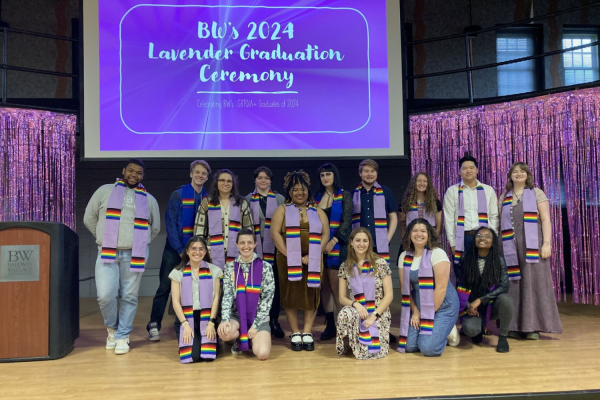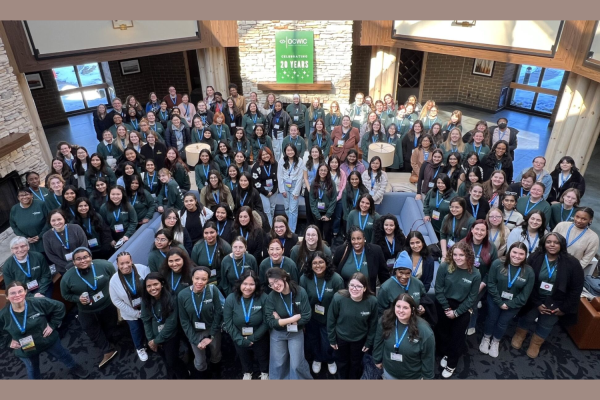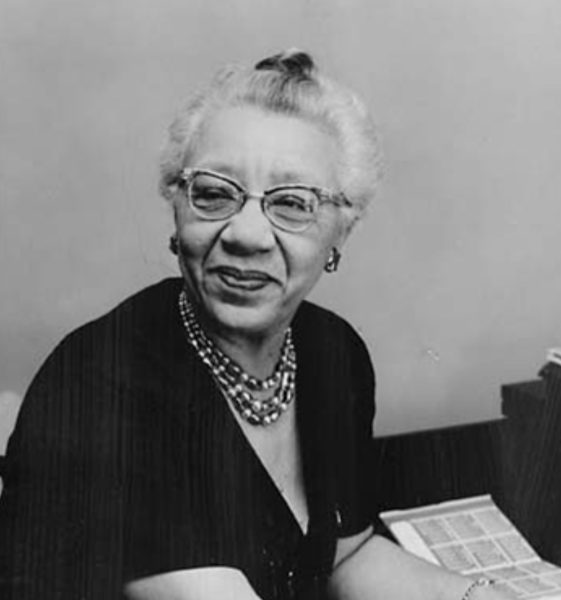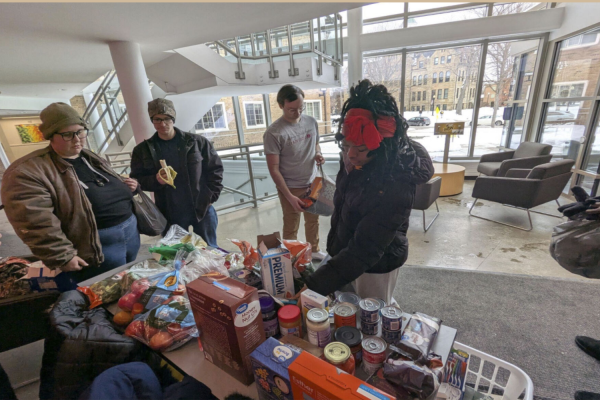Opinion: What is it like for students of color attending a predominantly white institution like BW?
Students Liana González and Halle Vargo share their experiences attending BW as people of color.
Baldwin Wallace University is a predominantly white institution. According to the U.S. Department of Education College Scorecard, almost 80 percent of the student body is white, while 21 percent are students of color. Which leads me to wonder if BW’s lack of diversity has any effect on its current students.
With clubs like Black Student Alliance, Spanish and Latinx Student Association and the newly formed Asian Student Alliance, there are many pockets where minority students can find community. BSA even has their own house on campus, where students can go any day to unwind or hold events.
Liana González, a sophomore political science student, said that her transition to BW would have been a lot more difficult without SALSA.
“It would’ve been a lot more isolating,” González said. “Just because with how many people come through to meetings, I at least know one other person in all my classes.”
González said she went to every meeting and event that SALSA had in her first year.
“I wanted to be able to actually have some Hispanic friends on campus … because that’s not something I really had in high school,” González said.
González went on to share stories of small microaggressions she has faced on campus, and within SALSA she has a safe space to talk about those experiences.
In contrast, junior Halle Vargo, an art education major, feels that lack of representation has not truly affected her experience.
Originally a transfer student, Vargo found that being a mixed-race student was almost nowhere on her mind at the time she committed to BW and was more concerned with the programs we had to offer.
Ironically, Vargo felt that any isolation she felt from the University had nothing to do with her ethnic background, and more to do with her Hashimoto’s disease.
“The only time I would [feel isolated] is not like race-wise. It’s more like sick-wise,” Vargo said.
Vargo found that getting adequate accommodations for her disease was very difficult.
A quarter Korean, Vargo feels that she fits in well with the demographic at BW as well as at her sorority. Though with the creation of ASA, there may be room to explore some other parts of her she feels she cannot explore daily.
“Well for part of me there’s some things that people don’t get,” Vargo said.
The amenities available to students of color seem to be doing the exact work they were put in place to do, though there is always room for improvement.
“I think listening to what students of color actually want in terms of community building opportunities [is key],” González said. “SALSA would love a place to call their own.”
When there are places like historically Black colleges and universities available for students of color to choose, the fact that students chose to be Yellow Jackets puts the responsibility on Baldwin Wallace University to make sure that every person can have the best possible experience available, no matter their background.
The Exponent is looking for financial contributions to support our staff and our newsroom in producing high-quality, well-reported and accurate journalism. Thank you for taking the time to consider supporting our student journalists.

